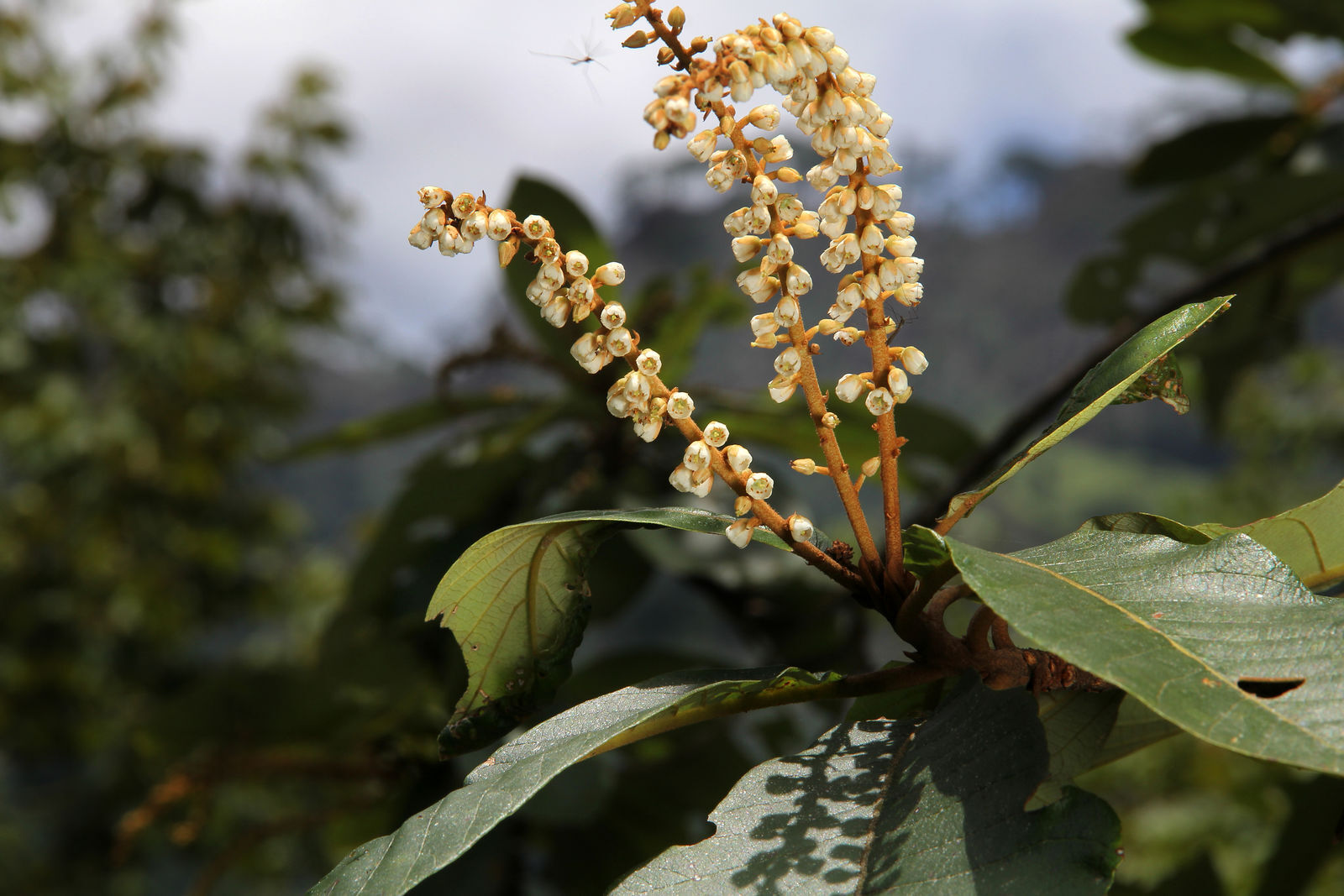
Hydrocotyle, also known as pennywort, is a fascinating plant with a rich history and many uses. Found in wetlands, this versatile herb boasts a variety of benefits and intriguing characteristics. Did you know that Hydrocotyle is not only a popular choice for aquariums but also has medicinal properties? This plant thrives in moist environments, making it a favorite among gardeners who love lush, green landscapes. Its unique, coin-shaped leaves are not just eye-catching but also serve as a natural remedy in traditional medicine. Whether you're a plant enthusiast or just curious about nature, Hydrocotyle offers something for everyone. Ready to learn more? Let's dive into 29 amazing facts about this incredible plant!
What is Hydrocotyle?
Hydrocotyle, also known as pennywort, is a genus of aquatic plants found in various parts of the world. These plants are known for their round, coin-like leaves and their ability to thrive in wet environments. Let's dive into some fascinating facts about Hydrocotyle.
General Characteristics of Hydrocotyle
Hydrocotyle plants have some unique features that make them stand out in the plant kingdom. Here are some interesting characteristics:
- Hydrocotyle leaves are typically round and flat, resembling small coins or lily pads.
- These plants are often found in wet environments, such as marshes, ponds, and along riverbanks.
- Hydrocotyle species can be both aquatic and semi-aquatic, meaning they can grow fully submerged or partially above water.
- The stems of Hydrocotyle are usually thin and creeping, allowing them to spread easily across the ground or water surface.
- Hydrocotyle plants produce small, inconspicuous flowers, which are often green or white in color.
Different Species of Hydrocotyle
There are many species within the Hydrocotyle genus, each with its own unique traits. Here are some notable species:
- Hydrocotyle vulgaris, also known as marsh pennywort, is commonly found in Europe and North America.
- Hydrocotyle leucocephala, or Brazilian pennywort, is popular in aquariums due to its attractive appearance and easy care.
- Hydrocotyle umbellata, known as manyflower marshpennywort, is native to the southeastern United States.
- Hydrocotyle sibthorpioides, or lawn marshpennywort, is often used as ground cover in gardens.
- Hydrocotyle bonariensis, also called largeleaf pennywort, is found in coastal areas and has larger leaves compared to other species.
Uses of Hydrocotyle
Hydrocotyle plants are not just pretty to look at; they also have various practical uses. Here are some ways these plants are utilized:
- Hydrocotyle species are often used in aquariums to create a natural, lush environment for fish and other aquatic creatures.
- Some Hydrocotyle plants are used in traditional medicine, particularly in Asian cultures, for their purported health benefits.
- Hydrocotyle can be used as ground cover in gardens, helping to prevent soil erosion and retain moisture.
- In some regions, Hydrocotyle leaves are used as a culinary herb, adding a unique flavor to dishes.
- Hydrocotyle plants can help improve water quality by absorbing excess nutrients and pollutants from the water.
Interesting Facts About Hydrocotyle
Here are some more intriguing tidbits about these fascinating plants:
- Hydrocotyle plants can reproduce both sexually and asexually, allowing them to spread rapidly in suitable environments.
- The name "Hydrocotyle" comes from the Greek words "hydro" (water) and "kotyle" (cup), referring to the plant's affinity for wet habitats.
- Some species of Hydrocotyle are considered invasive in certain regions, where they can outcompete native plants and disrupt local ecosystems.
- Hydrocotyle plants have been used in phytoremediation, a process where plants are used to clean up contaminated soil and water.
- The leaves of Hydrocotyle are often used in floral arrangements, adding a touch of greenery and texture.
Hydrocotyle in Culture and Folklore
Hydrocotyle plants have also made their mark in various cultures and folklore. Here are some cultural references:
- In traditional Chinese medicine, Hydrocotyle asiatica (also known as Gotu Kola) is believed to promote longevity and improve mental clarity.
- In Ayurvedic medicine, Gotu Kola is used to treat a variety of ailments, including skin conditions and digestive issues.
- Hydrocotyle plants are sometimes associated with good luck and prosperity, particularly in Asian cultures.
- In some Native American cultures, Hydrocotyle leaves were used in poultices to treat wounds and infections.
- Hydrocotyle has been depicted in various works of art, symbolizing tranquility and natural beauty.
Conservation and Environmental Impact
While Hydrocotyle plants have many benefits, they also pose certain challenges. Here are some points to consider:
- Some Hydrocotyle species are listed as endangered due to habitat loss and environmental changes.
- Efforts are being made to conserve these plants, including habitat restoration and protection measures.
- Invasive species of Hydrocotyle can cause significant ecological damage, requiring careful management and control.
- Public awareness and education are crucial in promoting the sustainable use and conservation of Hydrocotyle plants.
Final Thoughts on Hydrocotyle
Hydrocotyle, often overlooked, packs a punch in both gardens and aquariums. Its unique leaves and rapid growth make it a favorite among plant enthusiasts. Whether you're a seasoned gardener or a newbie, this plant offers something for everyone. It's not just about aesthetics; Hydrocotyle also plays a role in water purification and soil stabilization.
Caring for Hydrocotyle is straightforward. It thrives in moist environments and can adapt to various conditions. Just keep an eye on its growth, as it can spread quickly. Regular trimming will help maintain its shape and prevent it from overtaking other plants.
Incorporating Hydrocotyle into your space can bring a touch of nature's beauty and functionality. So, next time you're looking to add some greenery, consider this versatile plant. You'll be amazed at how it transforms your environment.
Was this page helpful?
Our commitment to delivering trustworthy and engaging content is at the heart of what we do. Each fact on our site is contributed by real users like you, bringing a wealth of diverse insights and information. To ensure the highest standards of accuracy and reliability, our dedicated editors meticulously review each submission. This process guarantees that the facts we share are not only fascinating but also credible. Trust in our commitment to quality and authenticity as you explore and learn with us.


